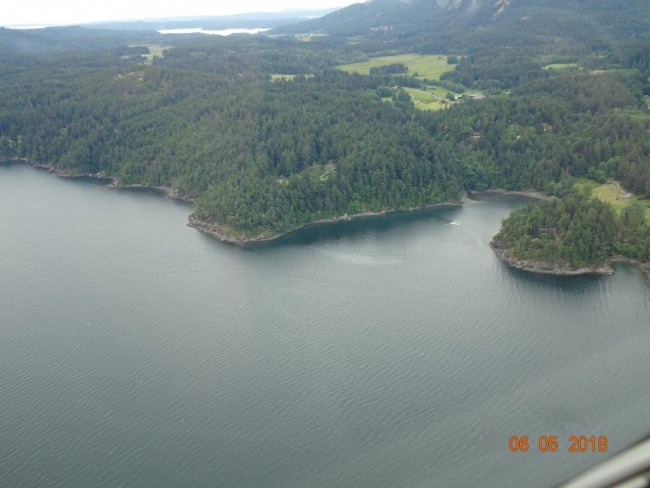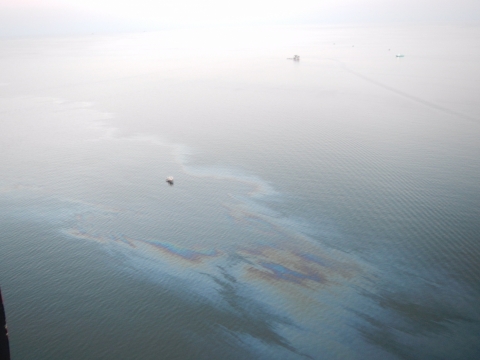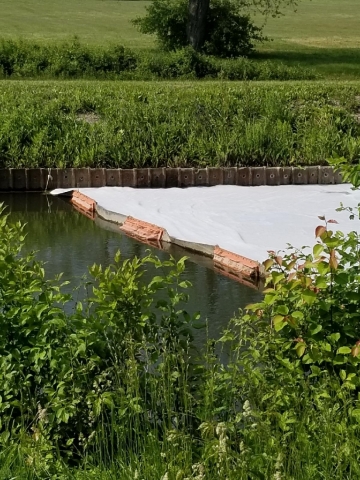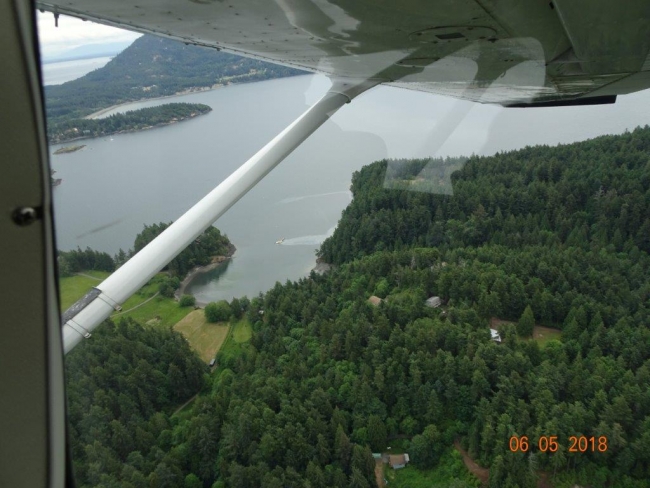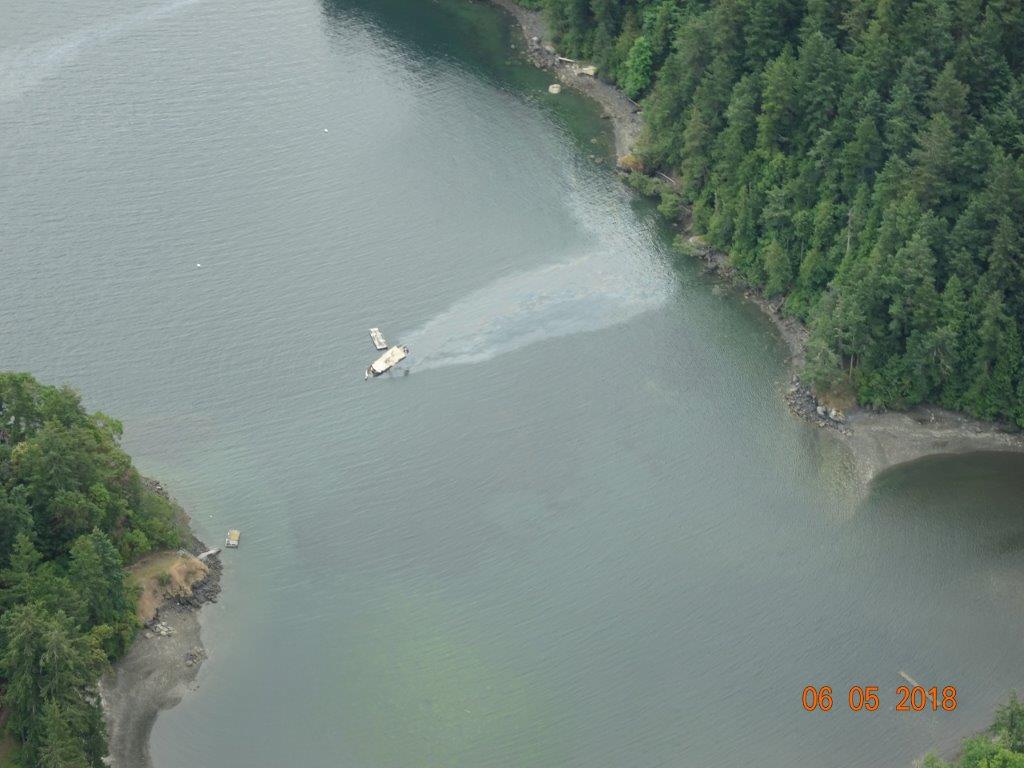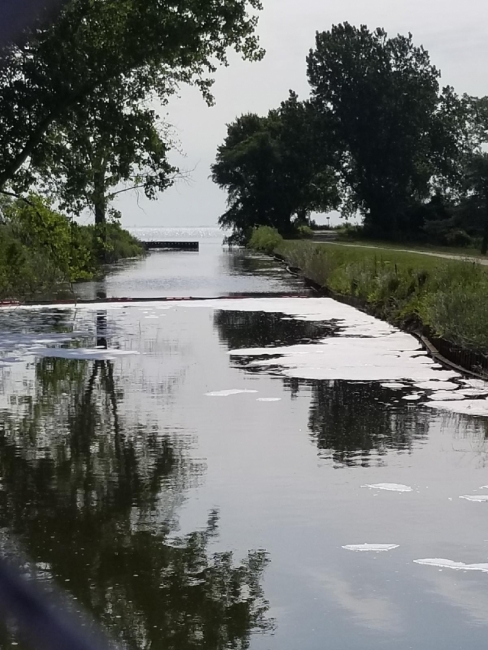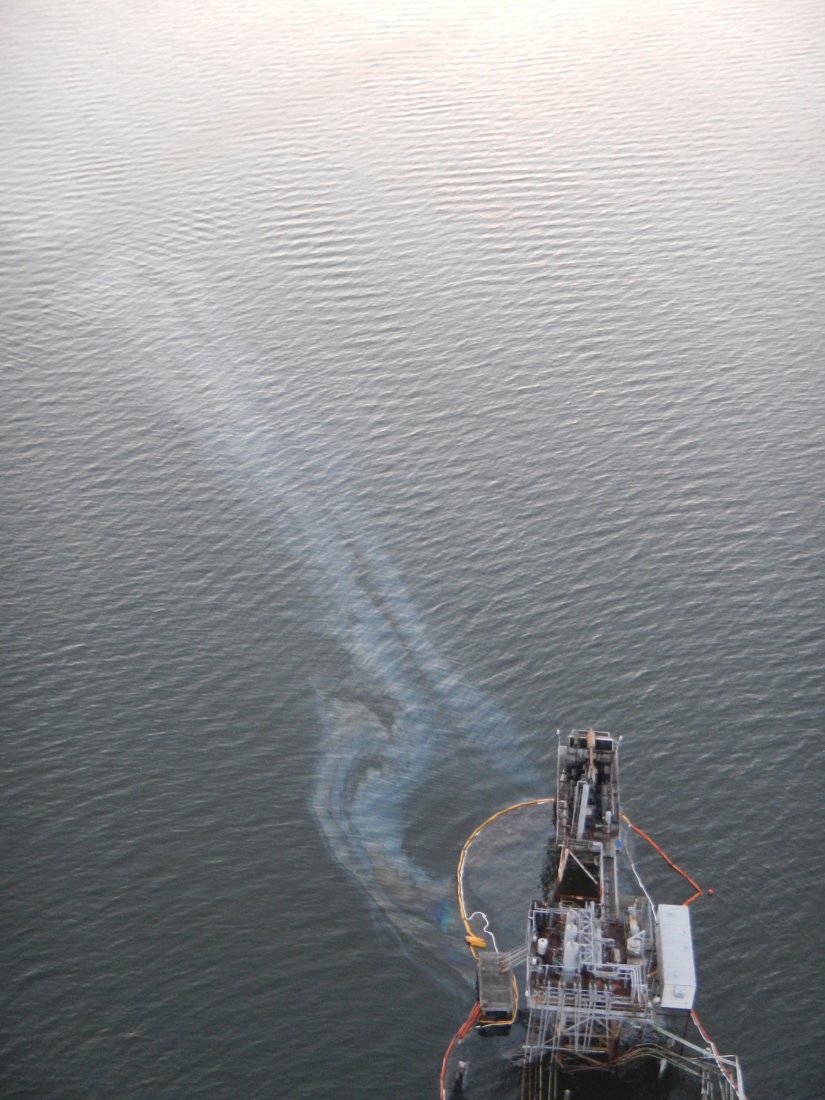Every month our Emergency Response Division provides scientific expertise and services to the U.S. Coast Guard on everything from running oil spill trajectories to model where the spill may spread, to possible effects on wildlife and fisheries, and estimates on how long the oil may stay in the environment.
This month OR&R responded to 16 incidents, including oil discharges, sunken vessels, and hazardous material releases.
Here are some of June’s notable incidents:
Vessel Caught Fire and Sank near Orcas Island, Washington
On June 5, the Washington State Department of Ecology notified NOAA that a recreational vessel was sinking in Judd Bay, near Orcas Island, Washington. The 38-foot wooden trawler caught fire that morning at 7:30 a.m., and by 9:30 a.m. had sunk to the bottom of Judd Cove. An unknown amount of diesel was released during the incident.
Pollution boom was placed around the vessel and a resources at risk assessment was done. Washington State Department of Ecology is continuing to monitor for signs of pollution.

Spill from Whitney Pipeline in Louisiana
On June 7, the U.S. Coast Guard contacted NOAA regarding a potential 28 bbl (1,176 gallons) spill from a pipeline in the Pass A Loutre State Wildlife Management Area, Louisiana.
NOAA provided potential resources at risk. Personnel with Whitney Oil & Gas secured the discharge by shutting a block valve near the source of the release to isolate the affected section. Pollution boom has been deployed and the situation continues to be monitored.
Chemical Release at Air National Guard Base in Detroit
On June 7, the Coast Guard notified NOAA about a release of aqueous film-forming foam (AFFF) concentrates at the Coast Guard Air Station Detroit, located on Selfridge Air National Guard Base. An estimated 1,000 gallons of AFFF was released. The Coast Guard requested information on chemical toxicity and environmental concerns.
Of environmental concern is the product of biological degradation of AFFF called perfluorooctane sulfonate (PFOS), which is persistent and unlikely to naturally degrade. PFOS are also known to bioaccumulate. U.S. Environmental Protection Agency lab results confirmed the presence of PFOS at levels above the levels that existed prior to the AFFF discharge. PFAS are not federally regulated, and there are no federal limits for discharges or releases, however, the State of Michigan does have permit discharge levels set.
Containment boom was put in place at the discharge canal to prevent foam from reaching Lake St. Clair. Clean-up operations were completed on June 15, 2018 in accordance with the emergency response endpoint goals.
Vessel Strikes Oil Platform in Louisiana, Releases 20 Barrels of Oil
On June 8, the marine vessel Sunfighter struck the Breton Sound 18 platform, owned by Lobo Operating Inc., off the coast of Louisiana. The allision released an estimated 20 barrels of oil into Breton Sound. The U.S. Coast Guard contacted NOAA to request a trajectory for the release.
Pollution boom was deployed shortly after the allision. Overflights depicted a sheen around the platform. Oil outside the boom will be allowed to naturally attenuate.
New Hampshire Marsh in Need of Restoration after Oil Spill
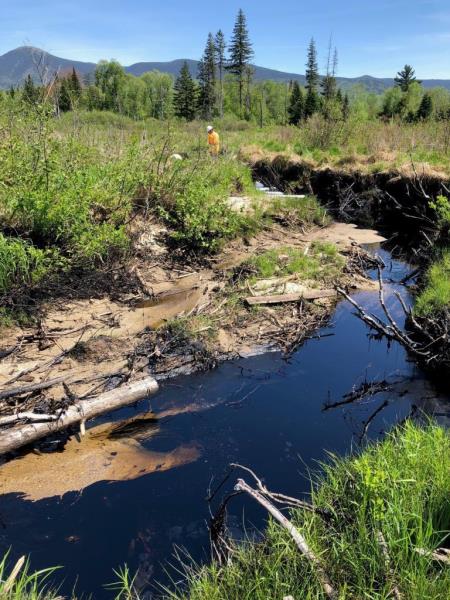
On June 13, NOAA was contacted by New Hampshire Fish and Game for assistance in considering restoration options for a freshwater marsh impacted by a #6 fuel oil spill from the boiler house of the Omni Mount Washington Hotel in Bretton Woods, New Hampshire. The Environmental Protection Agency began investigating the spill on May 29, 2018. The oil has since migrated to the adjacent wetlands and has possibly impacted the Ammonoosuc River.
Here is the complete list of last month’s incidents, click on the links to find out more:
- Siempre Energy Discharge
- Judd Cove Trawler
- Whitney Pipeline Spill Pass A Loutre
- AFFF Release at Selfridge ANGB/Air Station Detroit
- M/V Sunfighter Allision in Breton Sound, LA
- M/V Seavoyager
- Forefront Timbalier Bay Spill
- Mystery Slick: iSTOP Report
- Bretton Woods Hotel (inland)
- Mystery Slick Mississippi Canyon 773
- M/V American Spirit Grounding
- M/V Paul R. Tregurtha Engine Room Fire
- FL Keys Algal Bloom and Fish Kill
- Stranded Vehicle, Sea Rim State Park, TX
- TPIC Black Lake Spill
- Bayland 49 Platform Discharge

